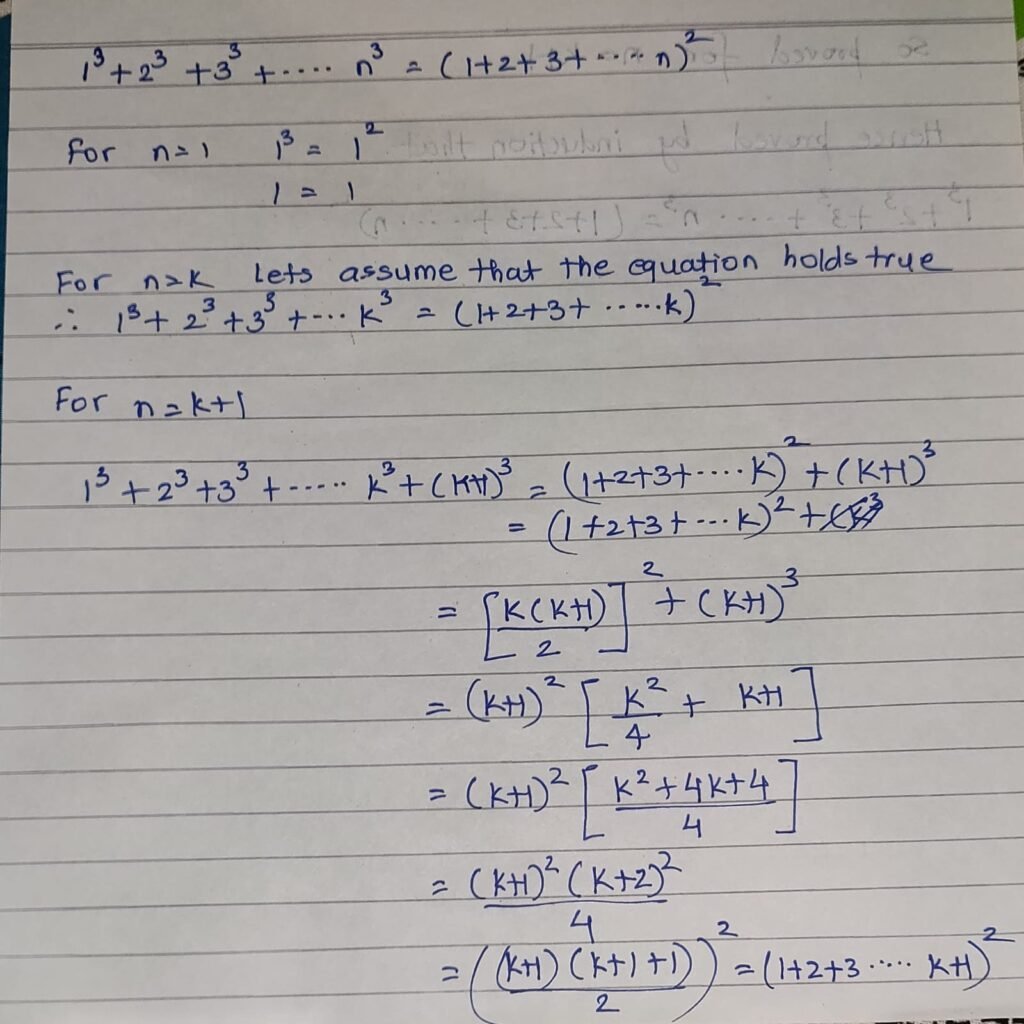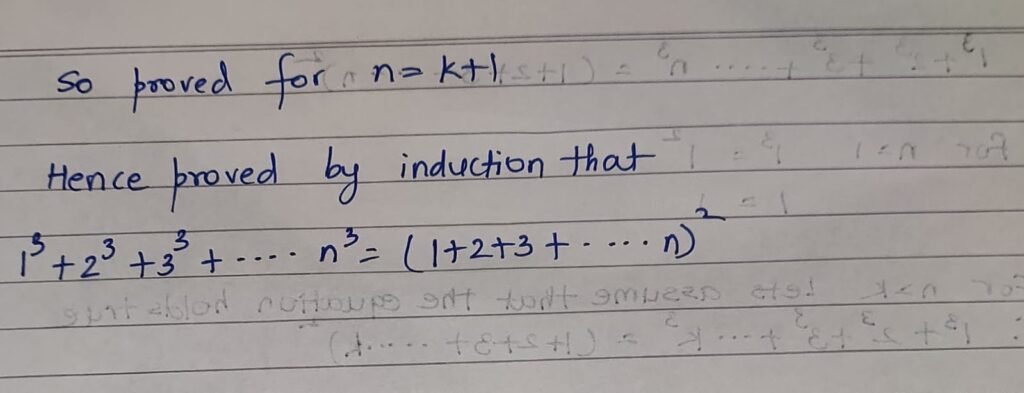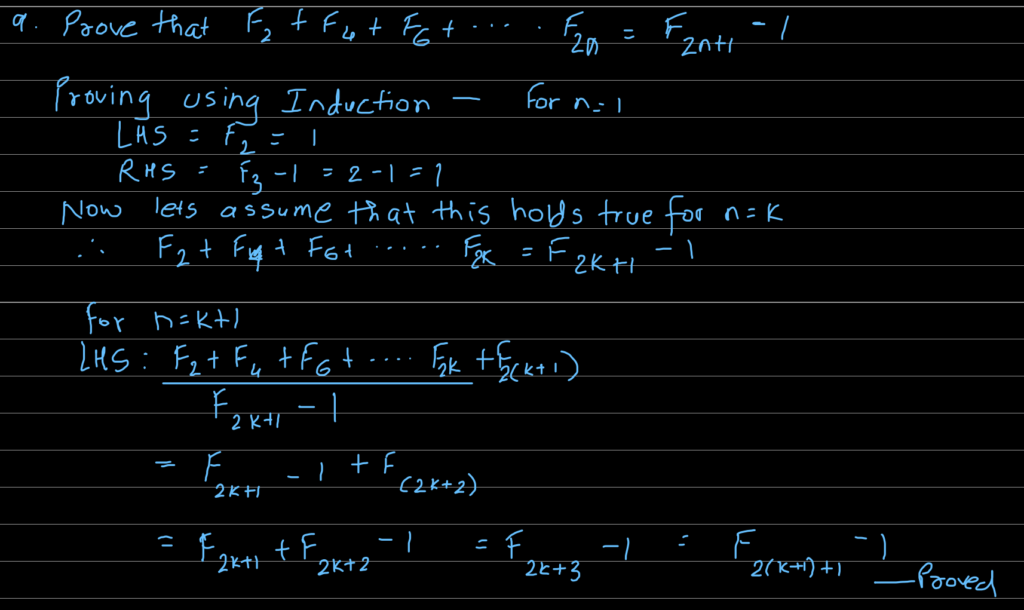Learning “Machine Learning”
This article will give you some insights on what is needed to get your feet wet in the field of Machine Learning
There are three main areas that you will need to master to get started in the field of Machine Learning: Linear Algebra, Multivariate Calculus, and Principal Component Analysis (PCA)
- Linear Algebra : To make things simple Linear Algebra is essentially extending Algebra (dealing with unknowns) into an arbitrary number of dimensions. In case of Linear Algebra we work on linear systems of equations . In high school we have learnt simple equations that look like y = f(x). Here we work with matrices and vectors instead of working with scalars. If you want to understand the statistics and calculus that you would need in machine learning this is a MUST HAVE tool by your side. I have referred to a lots of books while creating this blog. The page References lists all the books that I have referred to in this process. Lets start with the some of the areas that we want to delve in :
- Mathematical Induction
- Basic Representation Theorem
- Euclids Division Lemma
- Divisibility
- Linear Diophantine Equation
- Fundamental Theorem of Arithmetic
- Permutations and Combinations
- Fermats Little Theorem
- Wilsons Theorem
- Generating Functions
- Properties of Congruences
- Residue Systems
- Riffling
Mathematical Induction
Let me ask you a simple high school question:
What is the sum of all integers from one through n, for any positive integer n?
You would immediately answer “of course n * (n+1) / 2
Lets check
| n | Sn (Sum of numbers upto “n”) = n * (n+1)/2 |
| 1 | 1 |
| 2 | 2 + 1 = 3 (Lets check 2 * 3 / 2 = 3) |
| 3 | 3 + 2 + 1 = 6 (Lets check 3 * 4 / 2 = 6) |
| 4 | 4 + 3 + 2 + 1 = 10 (Lets check 4 * 5 / 2 = 10) |
| 5 | So far so good but are we sure that it will hold true for 5 ? |
| 6 | And what about 6? |
For every k that we prove this formula, we are not sure whether it will work for k+1. The only way to prove is to try it out. Add all the numbers to k OR k+1 OR k+ ??? How long can we keep doing this? These are integers and will keep on going till infinity.
However, if we assume that for the integer k the equation Sk = k*(k+1)/2 holds true we can confirm the value for k+1 by adding k+1 to that Sk and we can prove that it is valid for Sk+1 = (k+1)*(k+2)/2
Let’s try it out. If this equation that holds true for Sk can we prove that it holds true for Sk+1

Essentially what we are trying to say is that if this equation holds true for 1,2,…10 then it will hold true for 11. If it holds true for 1,2,…54 it will hold true for 55. If it holds true for 1,2,…(n-1) it will hold true for n. Hence we have proved the Theorem: The sum of first n positive integers is n(n+1)/2. Let’s call it Theorem 1 for sake of reference.
This is what is called Mathematical Induction:
A Statement about integers is true for all integers greated than or equal to 1 if:
- It is true for integer 1
- Whenever it is true for all integers 1,2,3…k , then it is true for the integer k+1
Essentially what we have done above is – Have proved a theorem Sum of Integers up to n by Mathematical Induction. The next theorem (Theorem 2 for sake of reference) that we would like to prove is:
1 + x + x2 + x3+ …… + x n-1 = (xn – 1) / (x-1)
First, let’s check if this is valid for n=1. Yes works
Now let’s assume that this equation works for n = k
i.e. 1 + x + x2 + x3+ …… + x k-1 = (xk – 1) / (x-1)
so : 1 + x + x2 + x3+ …… + x k-1 + xk = [(xk – 1) / (x-1)] + xk
= (xk -1 + xk+1 -xk) / (x-1)
= (xk+1 -1) / (x-1)
So condition 2 is also fulfilled and so it is proved
Now lets solve some exercises:
- Prove that 12 + 22 + 32 + ….. n2 = [n*(n+1)*(2n+1)]/6


2. Prove that 13 + 23 + 33 + ….. n3 = (1+2+3+….+n)2


3. Prove that xn – yn = (x-y) (xn-1 + xn-2y + xn-3y2 + ……. + x2yn-3+ xyn-2 + yn-1)

Prove that 1.2 + 2.3 + 3.4 + ….. n(n+1) = n(n+1)(n+2) / 3

Prove that 1 + 3+ 5+ … (2n-1) = n2

Prove that
1 / (2 * 1) + 1 / (2 * 3) + 1 / (3 * 4) + … 1 / (n * (n+1)) = n / (n * 1)







